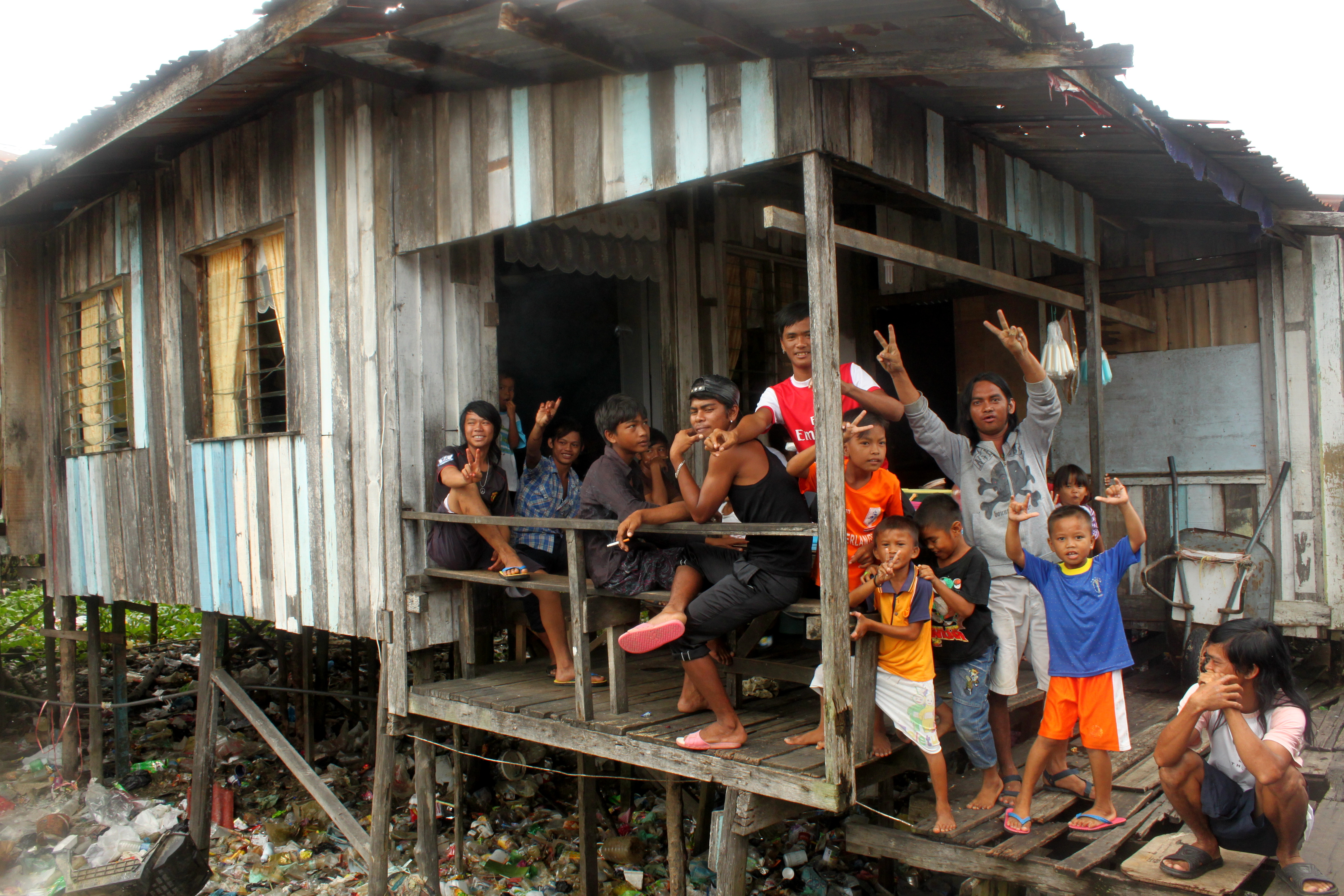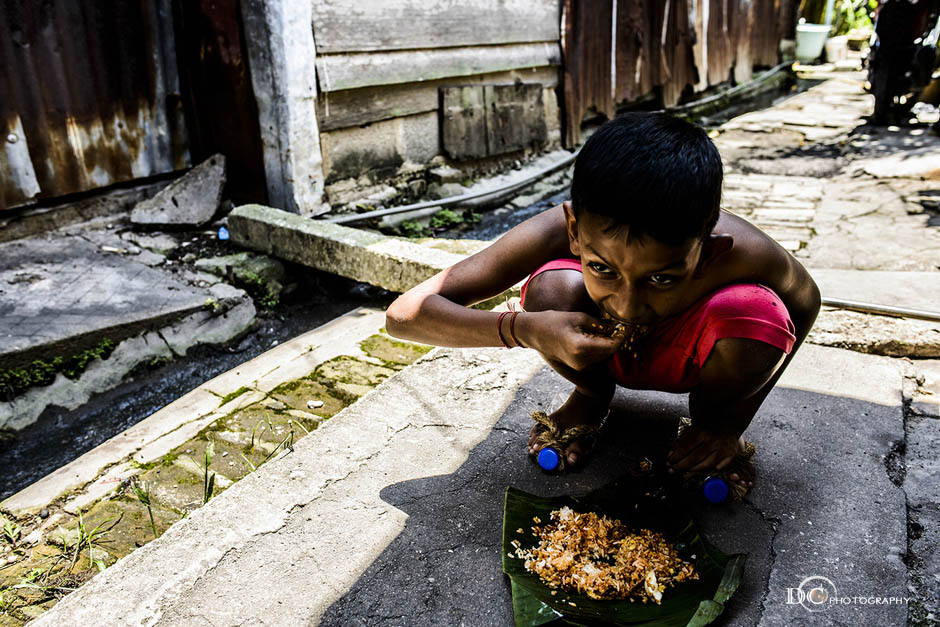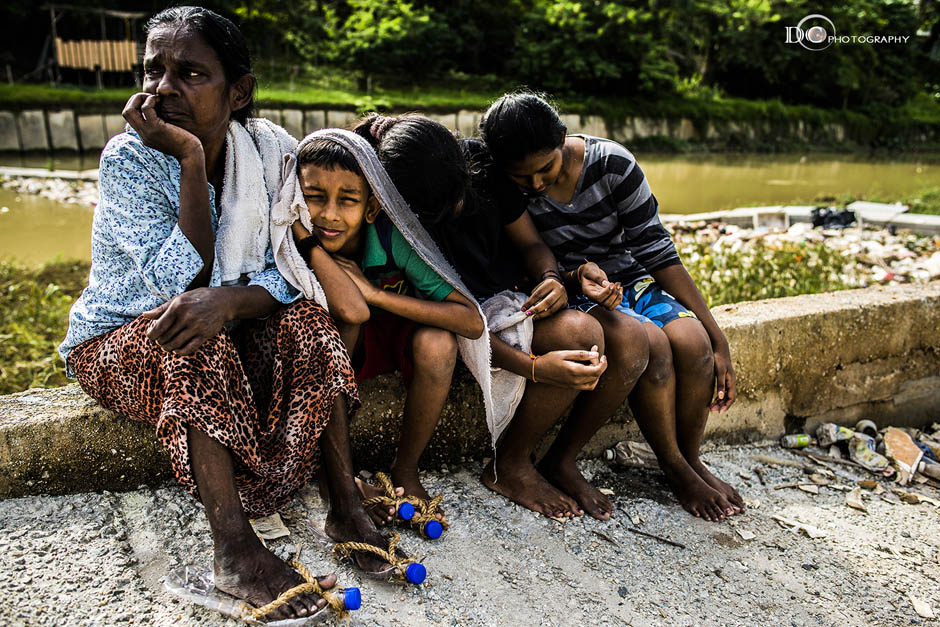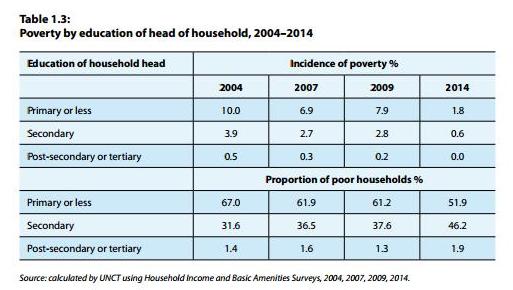Why Are The Orang Asli Community Some Of The Poorest In Malaysia?
Lack of education is named as one of the biggest causes of poverty in the country.
Did you know that rural Sabah has the highest poverty rate in Malaysia as of 2014?
A recent report by the United Nations Millennium Development Goal 2015 revealed the sad truth about the state of Sabah's Bumiputera households that fall below the poverty line.
United Nation's Millennium Development Goal is under the UN Millennium Declaration that aims to eradicate extreme poverty and address a set of time-bound targets to improve the development of all countries under the United Nations.
Some of the issues that they focus on are:
- Hunger
- Disease
- Lack of shelter
- Gender equality
- Education
- Environmental sustainability
There's a total of eight goals under UN's Millennium Development for Malaysia, namely;
Goal 1: Eradicate Extreme Hunger and Poverty
Goal 2: Achieve Universal Primary Education
Goal 3: Promote Gender Equality and Empower Women
Goal 4: Reduce Child Mortality
Goal 5: Improve Maternal Health
Goal 6: Combat HIV/AIDS, Malaria and other Diseases
Goal 7: Ensure Environmental Sustainability
Goal 8: Develop A Global Partnership For Development
What are the targets of the first goal to eradicate extreme poverty and hunger?
• Halve, between 1990 and 2015, the proportion of people whose
income is less than US$1 a day
• Achieve full and productive employment and decent work for all,
including women and young people
• Halve, between 1990 and 2015, the proportion of people who suffer
from hunger.
How is poverty measured in Malaysia?
Unidentified Orang Asli people thresh rice to remove chaff on Apr 8, 2013 in Berdut, Malaysia. More than 76 of all Orang Asli live below the poverty line, life expectancy, 53 years old. — Photo by dimaberkut
Image via dimaberkutThere are two categories of poverty in Malaysia and they are:
1. Extreme Poverty: Any household that struggles to have basic needs such as food, clothing, and shelter, and earn an average monthly income of less than RM460 in Peninsular Malaysia, less than RM630 in Sabah, and less than RM910 in Sarawak falls under the extreme poverty category.
2. Poor: Households that fall under this category are most often the ones that can afford basic necessities but are unable to afford decent healthcare and education.
As a solution to this, the government launched its first poverty eradication strategy in 1971 and in a good 30 years, it managed to reduce a considerable amount of absolute poverty in the country
It can be said that extreme poverty, the first target of MDG 1, has been largely eliminated at the national and sub-national levels except that temporary and local set-backs might occur when disaster strikes.
In the 1970s, Malaysia’s poverty had sharp spatial and ethnic disparities in income and social well-being.
The government maintained a standard of living that was affordable to most Malaysians over the 1970s.
Malaysia’s New Economic Policy (1971–1990) was aimed at eradicating absolute poverty irrespective of race and restructuring society to remove the identification of race with
economic function.
Over the span of three decades, the Malaysia's poverty line was reduced greatly—with the number of households living below the poverty line falling from 409,300 to 40,000 between the years 1999 and 2014
Based on a research by United Nations, almost 34% of Orang Asli households fall under the poor category.
Most of the people who fall under this category are usually involved in the agriculture, forestry or fisheries industry.
As for the state with the highest level of poverty, Sabah, has consistently remained on top of the list with the highest number of poor households with 4% of poverty incidence, as of 2014.
In terms of ethnicity, people who fall under the category of Other Bumiputera, have higher poverty rates compared to other ethnic groups in Malaysia
A December 2014 photo from The Star shows the Orang Asli children eating food that were delivered by helicopter to an area near their inundated village in Gua Musang
Image via The StarA total 34 percent of Orang Asli households are poor, while poverty hounds one in five of Sabah bumiputera households.
A total 7.3 percent of Sarawak bumiputera are poor, the report said. The report also found that intra-ethnic income disparity remains a problem in Malaysia.
The 'Other Bumiputera' category includes Orang Asli in peninsular Malaysia and all the indigenous communities in both Sabah and Sarawak.
Why do these households fall into the pits of poverty? What influences their financial state?
United Nations recently identified a number of reasons that greatly influence poverty rates in Malaysia and two major game-changers are gender and education
How does gender determine a household's poverty level?
In many parts of the world, female-headed households are at higher risk of being in poverty than male-headed households. In Malaysia, this gap exists but is narrowing as poverty rates have fallen for both groups.
As of 2014, the poverty rate of -households was 0.8 per cent, while that of male-headed households was 0.6 per cent.
This suggests that female-headed households have benefited from poverty reduction programmes and such efforts should be continued after proper assessment of their effectiveness.
While gender influences on poverty level might come as a surprise, it is a common knowledge that education is one of the best cures for poverty
As important as work is to women, an important corollary is the role of education in getting employment.
Educational studies have shown that education gives a person better lifetime chances and therefore socioeconomic success. At the lower rungs of society, education is even more important.
Amongst the poor, their educational status was mostly at the primary level with a rising trend for those with secondary education.
So, what has the government been doing to help Malaysia further reduce its absolute poverty level?
Young children in rural parts of Malaysia go through difficult conditions to educate themselves, just so that the cycle of poverty ends with them
Image via Yeo Bee YinThe government's New Economic Transformation programme has come up with a set efforts that can reduce poverty rate and lift local communities in the country to a better level.
The main focuses are:
1) Lift the level of education amongst the poor. Through education, children in poor communities will stand a better chance to get better jobs or get into business.
2) Strengthen social safety nets, enhance collaboration with NGOs and corporates, and provide empowerment programmes.
3) Ensure income is redistributed to uplift those in poverty through BR1M for the bottom 40%.
4) Institutionalize appropriate polices which promote economic development.
As the government strives to lift people from the sad clutches of poverty, the Penan community in rural Sarawak have it really difficult with their homes and lands being snatched away and exploited:










